Queen danio - Devario regina
Scientific name: Devario regina
Common name: Queen danio
Family: Cyprinidae
Usual size in fish tanks: 7 - 8 cm (2.76 - 3.15 inch)
014
Recommended pH range: 6.1 - 7.9
Recommended water hardness: 4 - 18°N (71.43 - 321.43ppm)
0°C 32°F30°C 86°F
Recommended temperature range: 23 - 26 °C (73.4 - 78.8°F)
The way how these fish reproduce: Spawning
Where the species comes from: South Asia
Temperament to its own species: peaceful
Temperament toward other fish species: peaceful
Usual place in the tank: Middle levels
Origin
The Queen danio originates from South Asia where it can be found in Thailand and Malaysia. It inhabits small flowing streams and rivers with a high oxygen content.
Short description
The Queen danio is one of the larger species of danio with mature specimens reaching a body length size of just over 3 inches but like other danio it is also classed as a very peaceful species. It displays a beautiful colouration when mature with the body displaying a silver background which is broken by barring that runs the length of the body in green and yellow colouration. These fish can be hard to find in aquatic stores but specialised sellers may be able to find these out for you and they make a great addition to larger community aquariums. They are a very active species so may intimidate smaller tank mates without any intent.
Lifespan
If cared for correctly, the average lifespan for the Queen danio is 4-5 years.
General care
The Queen danio is classed as a shoaling species so it is best to keep them in small groups of at least 6 specimens. To give them space it is best to house these fish in at least a 4 foot (120cm) aquarium to give them plenty of swimming space. Sand or gravel can be used for the substrate and it is best to add rocks or wood to provide hiding places. They are a middle layer dweller for most of the time but may drop to the lower level if they require a respite from the rest of the aquarium inhabitants. The temperature range should be set between 23 - 26 °C (73.4 - 78.8°F) and the pH range should be between 6.1 - 7.9 The lighting should be set to a moderate level and aquatic plants can be added but it may be wise to use hardy species such as Anubias. The oxygen levels in the water must be kept high so aim the outlets from the filter towards the surface to increase gaseous exchange.
Regular water changes must be performed of at least 20% weekly.
Feeding
Feeding the Queen danio is a relatively simple matter as they will accept most foods offered. A quality flake food or small pellets can be offered for the staple of diet by treats of live or frozen foods such as blood worms or artemia will provide a balanced diet.
Sexing
Mature females will grow slightly larger than mature males, they will also have a duller colouration and a rounder belly shape.
Breeding
Queen danio are typical egg scatterers and as is the usual case the parent fish will show no parental care for the eggs or the fry. It is best to use a separate breeding tank and fill this with mature tank water. Keep the lighting levels low and you can add some plants if you wish. The parent fish will need conditioning with live or frozen foods for a couple of weeks and then they can be moved into the breeding tank ready for spawning. The females will develop a swollen belly which is a sure sign that they are gravid i.e. carrying eggs, spawning should take place one or two days after they have been isolated into the breeding tank. When the eggs have been deposited it is best to remove the parent fish and a couple of days later the eggs should hatch. The fry will not require feeding until they are free swimming as their yolk sac will be their initial food source.
The first feeds for the fry should consist of newly hatched brine shrimp, powdered fish flake or even a commercial egg layer fry food.
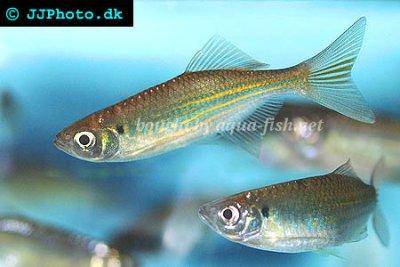

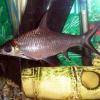 Bala
Bala 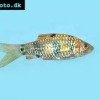 Spotted
Spotted 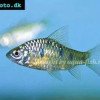 Golden
Golden 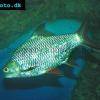 Tinfoil
Tinfoil  Congo
Congo 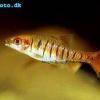 Blue-barred
Blue-barred 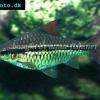 African
African  Butterfly
Butterfly 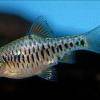 Olivegreen
Olivegreen 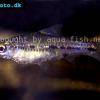 Morse
Morse 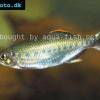 Jerdon’s
Jerdon’s 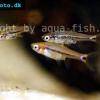 Mosquito
Mosquito 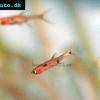 Dwarf
Dwarf 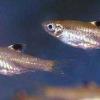 Eyespot
Eyespot 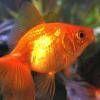 Goldfish
Goldfish  Penguin
Penguin 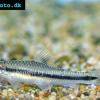 Siamese
Siamese  Koi
Koi 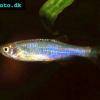 Pearl
Pearl 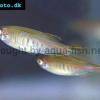 Glowlight
Glowlight 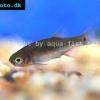 Crossbanded
Crossbanded  Yoma
Yoma 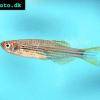 Orange
Orange 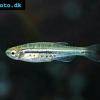 Dwarf
Dwarf 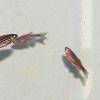 Zebra
Zebra 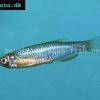 Rose
Rose 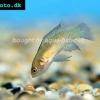 Red
Red 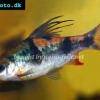 Arulius
Arulius 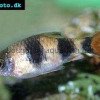 Tambraparni
Tambraparni 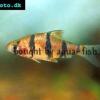 Fiveband
Fiveband 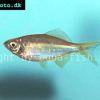 Bengal
Bengal 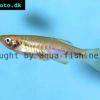 Tiger
Tiger 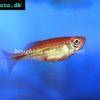 Malabar
Malabar 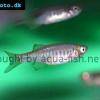 Hora
Hora 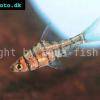 False
False 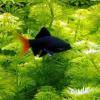 Redtail
Redtail 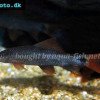 Rainbow
Rainbow 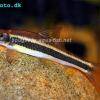 Flying
Flying 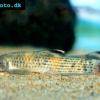 Garra
Garra 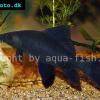 Black
Black 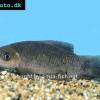 Purple
Purple 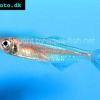 Burmese
Burmese 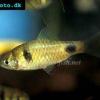 Dwarf
Dwarf  Isok
Isok 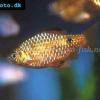 Rosy
Rosy 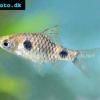 Two
Two 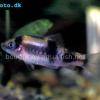 Melon
Melon 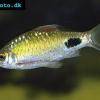 Black-spot
Black-spot 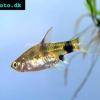 Golden
Golden 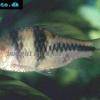 T-Barb
T-Barb 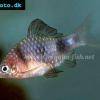 Ruby
Ruby 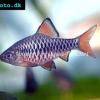 Checkered
Checkered 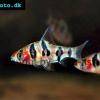 Rhomb
Rhomb 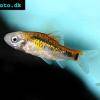 Gold
Gold 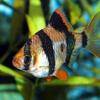 Tiger
Tiger 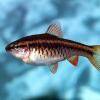 Cherry
Cherry 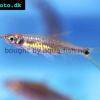 Brittan’s
Brittan’s 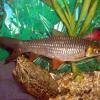 Greater
Greater 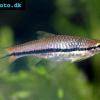 Long-band
Long-band 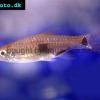 Twospot
Twospot 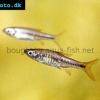 Reticulate
Reticulate 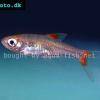 Cherry
Cherry 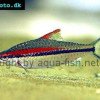 Denison
Denison 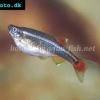 White
White 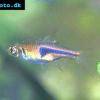 Lambchop
Lambchop 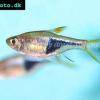 Harlequin
Harlequin